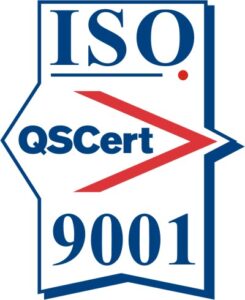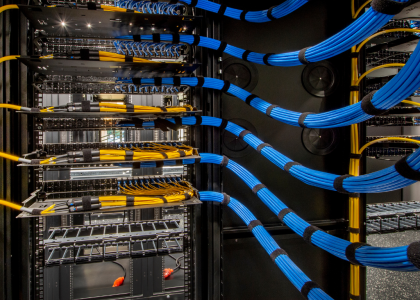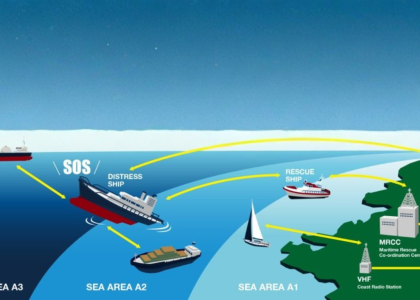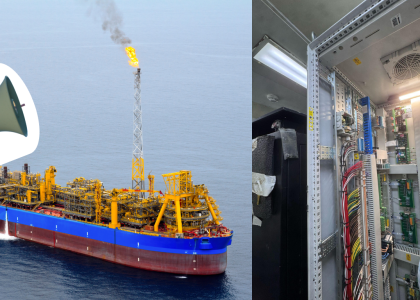A gyro compass is a vital component of modern maritime navigation, offering precision, stability, and reliability that surpass traditional magnetic compasses. Unlike magnetic compasses, which can be influenced by the Earth’s magnetic field, the gyro compass offers an alternative that provides highly accurate directional information.
This blog explores how gyro compass systems function, their importance aboard maritime vessels, and why they remain an essential tool in the maritime industry.
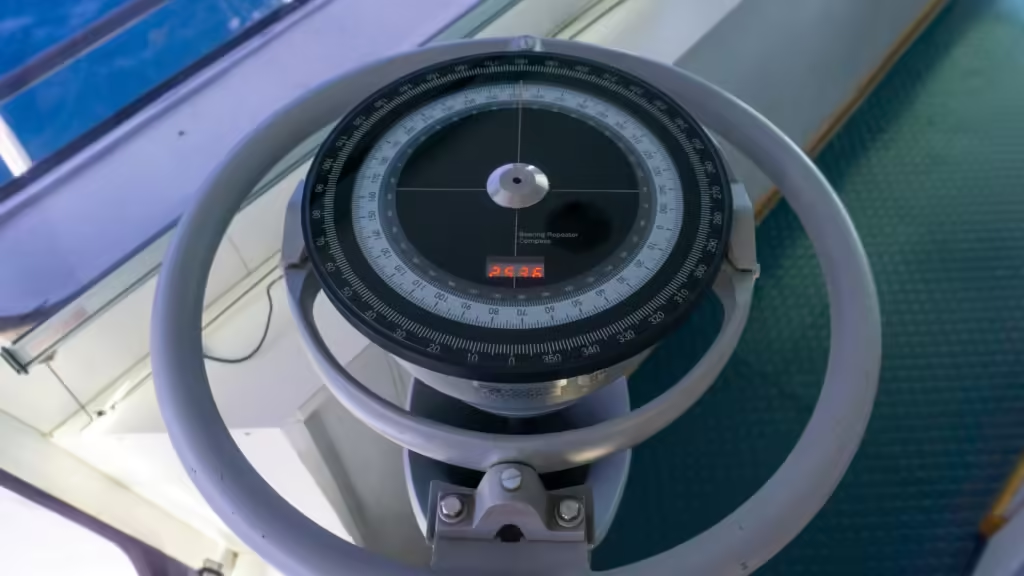
What is a Gyro Compass?
A gyro compass is a non-magnetic compass that uses the principles of gyroscopic motion and the rotation of the Earth to determine true north. Unlike a magnetic compass that aligns itself with the magnetic poles, the gyro compass points toward true north, making it much more accurate for navigation, especially in polar regions or near large metal structures where magnetic interference may occur.
How Does a Gyro Compass Work?
The gyro compass operates based on the physics of gyroscopes and the Earth’s rotation. Here’s a simplified breakdown of how it works:
Gyroscope Motion
A spinning rotor or disc, known as the gyroscope, is mounted in such a way that it can freely rotate in any direction. Once set in motion, the gyroscope resists any changes to its orientation due to inertia.
Precession and Earth’s Rotation
As the Earth rotates, the axis of the gyroscope shifts due to a phenomenon called precession. Over time, this motion causes the gyro compass to align itself with true north.
Correction Mechanisms
Modern gyro compasses have correction systems to compensate for errors caused by ship movement or changes in latitude. These corrections ensure that the compass remains aligned with true north even during complex maneuvers.
Key Components of a Gyro Compass System
A typical gyro compass system on a maritime vessel consists of:
Gyroscope
The core of the system, responsible for detecting the ship’s orientation relative to true north.
Control Unit
Regulates the spinning of the gyroscope and ensures accuracy.
Repeater Compasses
Distributes the gyro compass heading information to other locations on the vessel, such as the bridge, engine room, or automated systems.
Steering Systems Integration
Connects with the vessel’s autopilot or steering control to maintain a correct heading based on the gyro compass reading.
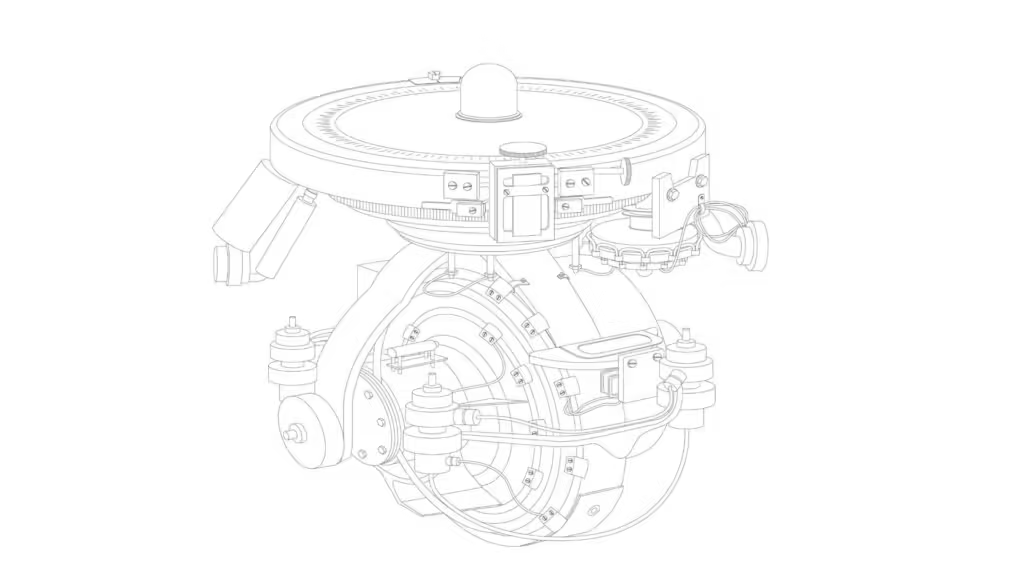
Benefits of Gyro Compasses in Maritime Navigation
Gyro compass systems are commonly used in a wide range of vessels, from large commercial cargo ships to naval ships and offshore oil platforms like FPSOs (Floating Production, Storage, and Offloading vessels).
Accuracy
Unlike magnetic compasses, gyro compasses are not affected by magnetic fields, which makes them highly reliable, especially for large vessels with steel hulls.
Stability
Even in rough seas or during sharp turns, the gyro compass provides a stable and accurate reading.
Autopilot Integration
Gyro compasses are integrated with modern navigation and autopilot systems, making them indispensable in today’s automated maritime operations.
Heading Data for Radar and Sonar
Gyro compasses provide essential heading data for radar and sonar systems, which are vital for safe navigation in congested or shallow waters.
Get the Right Team
For vessels operating in challenging environments such as oil and gas platforms or FPSOs, the gyro compass ensures the crew can maintain accurate navigation and control in all conditions. Team Vivo can ensure that this vital system is designed, installed and commissioned correctly! Contact us now to discuss your requirements.



